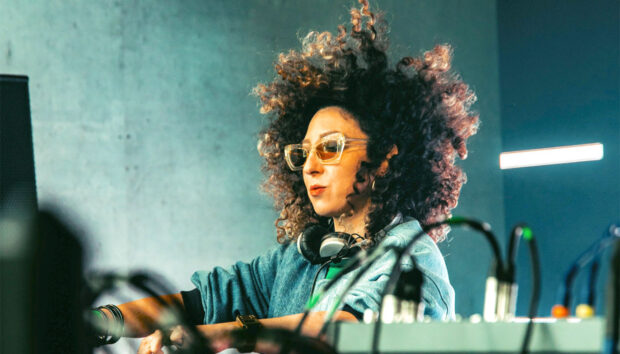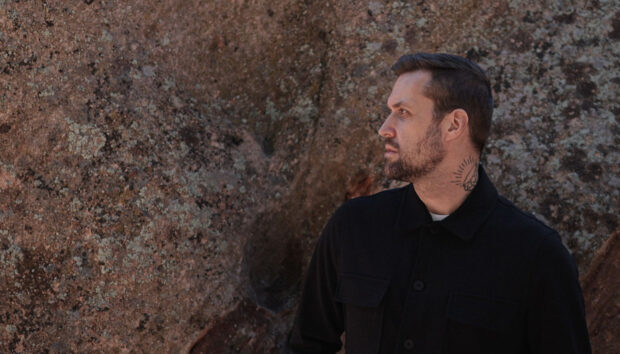Having more than 1.5 million subscribers on his YouTube channel, Andrew Huang is what you’d call an internet sensation by now. The Canadian based producer, musician, and video producer has become the go-to address for producer tips, gear reviews, and tutorials.
Visiting Native Instruments HQ in Berlin, the YouTube producer went out into the field to create music with acoustic field recordings, taken in some of the city’s abandoned spaces. Accompanied by Community Manager Mick Benjamins, Huang went out to ‘bang some stuff’, in order to create a custom track and video for his YouTube channel. In addition, Huang helped out the Berlin team create some new walkthrough videos, and production tip guides for the new KOMPLETE range, which you can watch below.

Combining profound musical and technical expertise with unconventional, humorous video editing, Andrew Huang brings a fresh new touch to the otherwise dry and techy subject of in-depth gear reviews. Huang has the ability to inspire a broader audience without dumbing down the subject matter. Kind of the cool teacher you have always wanted to have in school.
Introducing the new KOMPLETE KONTROL A-Series, Native Instruments joined forces with Andrew Huang to present some of the built-in features, tips on how to use reverb, and improve your overall workflow with just a few simple adjustments.

Using scale & chord mode for instant inspiration
One of the many innovative features of the KOMPLETE KONTROL A-Series is the Scale & Chord Mode. It is a handy tool for an instant creativity boost for beginners and pros alike. You can set your prefered scale and map it to a key order of your choice, e.g. only white keys.
That way you can creatively explore scales you otherwise wouldn’t have used or are not yet familiar way. Additionally, within the scale menu, there is the Chord Mode option. Here you can choose between loads of different chords that can then be triggered by only pressing one key. Combining Chord and Arp Mode opens up the possibility of also playing arpeggiated chords with only one finger.
Make your music feel more alive and dynamic with reverb
Here are Andrew Huang’s top three tips for using reverb. A popular trick is to automate reverbs in your DAW, so the reverb only affects certain parts of the track. It also makes sense to use different instances of reverb on different sounds. Usually, you’d go with a short and snappy kind of reverb for drums, while using a wide and open one for pads and chord sounds. The A-Series’ knob layout and software implementation make it easy to instantly control different aspects of the effect and experiment with different settings. As with a lot of things in life, subtlety is the key here. Being gentle and thoughtful, and not overuse certain effects can be crucial to the end result.
The importance of a smooth production workflow
An often overlooked, but integral part of music making is having a smooth production workflow. Make sure everything has its dedicated space, so when inspiration strikes you are ready to go and can be creative. Laziness can be a real productivity killer. Even simple things, like setting up your keyboard or plugging in cables can sometimes be obstacles that prevent you from making music, so having a fixed setup can be essential to the creative process.
Another great tip is having default templates installed to your go-to DAW. Most music production platforms enable users to customize functions and set certain default settings that load up automatically when you open up the software.
Keep your workplace clean. We have all been there, you’re deep in the production process, keyboards get rewired, stompboxes get re-routed, that little free space between keyboard and monitor seems like the perfect place for your empty glass. Consider cleaning up and declutter everything every once in while and make sure you can have a fresh start at your next project.
Finding inspiration
Starting a new piece of music can be challenging and possibilities seem limitless. But it’s not all bad news, having the freedom of a blank canvas can also be a liberating experience. A good starting point is to set on a sound or instrument you like and just take it from there.
Often certain sounds have a particular vibe inherent, it is like the sound tells you what to play. Just browse your sound banks, drum samples, synth presets, percussions, and let the sound guide your way.

















